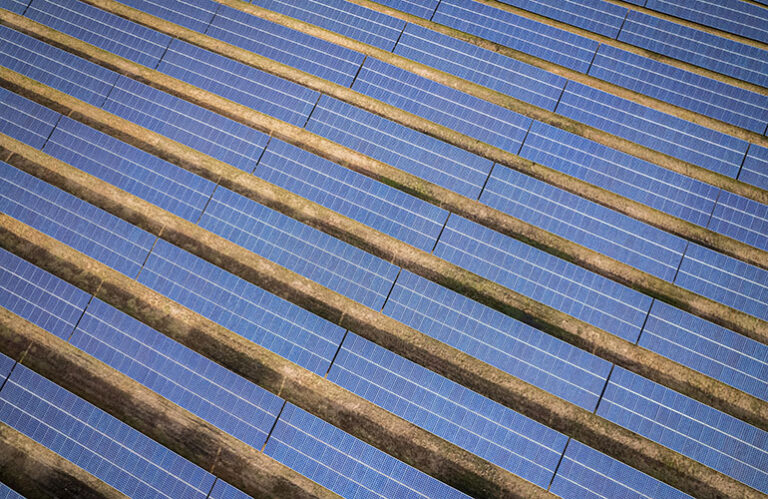 Large, centralized power plants such as a 500 MW combined cycle natural gas plant are large enough to afford human intervention. To manage these large power plants, asset owners hire a trading desk that continually relies on human intervention for market participation. Distributed energy resources (DERs) like solar, on the other hand, cannot afford this type of human intervention – not only because it is not financially feasible, but also because they become exponentially complex with multifaceted inputs that require real-time. decision-making. Automation is becoming increasingly important to optimize the use of DER and leverage its full value stream. For the energy transition to fully develop, DERs, like battery storage, CHPs, heat pumps and EV chargers, must be treated as mini power plants.
Large, centralized power plants such as a 500 MW combined cycle natural gas plant are large enough to afford human intervention. To manage these large power plants, asset owners hire a trading desk that continually relies on human intervention for market participation. Distributed energy resources (DERs) like solar, on the other hand, cannot afford this type of human intervention – not only because it is not financially feasible, but also because they become exponentially complex with multifaceted inputs that require real-time. decision-making. Automation is becoming increasingly important to optimize the use of DER and leverage its full value stream. For the energy transition to fully develop, DERs, like battery storage, CHPs, heat pumps and EV chargers, must be treated as mini power plants.
Traditionally, DERs have been treated as event-based solutions and not as power plants. They are seen as the grid edge rather than grid-forming technology. In other words, they’re run by a Curtailment Service Provider (CSP) who says to a site, “Hey, we have an event tomorrow from 4:00 PM to 6:00 PM, make sure you ship your battery or backup generator.”
DERs are not continuously operated as part of the network, but are dispatched for a maximum of approximately 100 hours per year. The remaining 8,600+ hours per year the assets are unnecessarily idle.

Icetec’s asset management dashboard.
To truly unlock the energy transition, DERs must be continuously managed. They have to constantly ask themselves, “Can I make money right now? Can I save money now? Is now the cheapest time to charge? How can I best ensure that CO2 emissions are reduced?” Even if the answer is not to ship, it’s critical to always look for opportunities.
However, the ability to continually ask the grid how to best utilize smaller DER resources requires a number of separate technologies to work together in a coordinated and holistic matter. Most DER management solutions are designed as a standalone offering of asset monitoring and controls, data analytics and asset optimization, or ISO/RTO market-facing services. These isolated offerings don’t always communicate with each other, making it increasingly difficult to access the full value stream. But when all of these solutions are strategically combined into a holistic, end-to-end predictive analytics and optimization platform, they enable improved value extraction for both the DER owner and the network. To achieve this, an end-to-end platform must be able to do the following:
- Complete the last mile handshake with the RTO/ISO and the utility. If the service provider cannot automate the process, be a market participant, and communicate directly with the ISO and/or the utility, it cannot be managed continuously.
- Be predictive about what will happen and when. When deciding which value stream to optimize, technology should be deployed to be predictive, including any behind-the-meter load limitations (BTM).
- Control the property. It’s not enough to just tell a site to do something via text message or email. The technology must reach and monitor the asset, sometimes at an interval of 2 to 4 seconds.
- Management for economic and environmental benefits. There are increasing high costs associated with carbon and incentives to use DERs to reduce carbon emissions, for example in New York City with Local law 97. The ability to automatically integrate carbon into the decision-making process is critical.
It would be a huge missed opportunity for the energy transition not to squeeze as much value as possible from DER assets. It’s a shame to have gigawatts of deployed DERs and only use them less than 5% of the time. To unleash the true power of distributed assets, we must leverage end-to-end energy management platforms that can treat these assets as mini power plants, allowing them to be continuous market participants.


